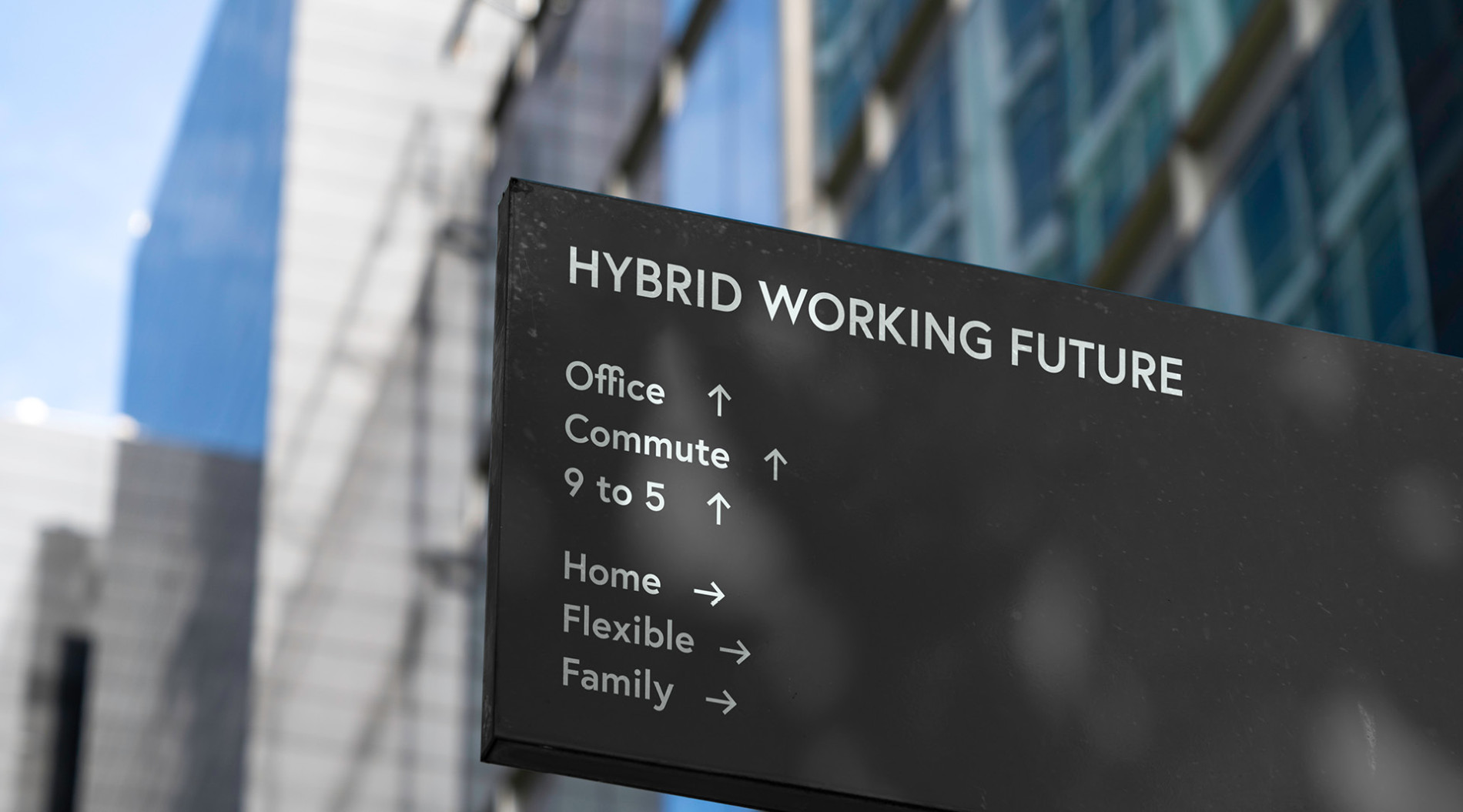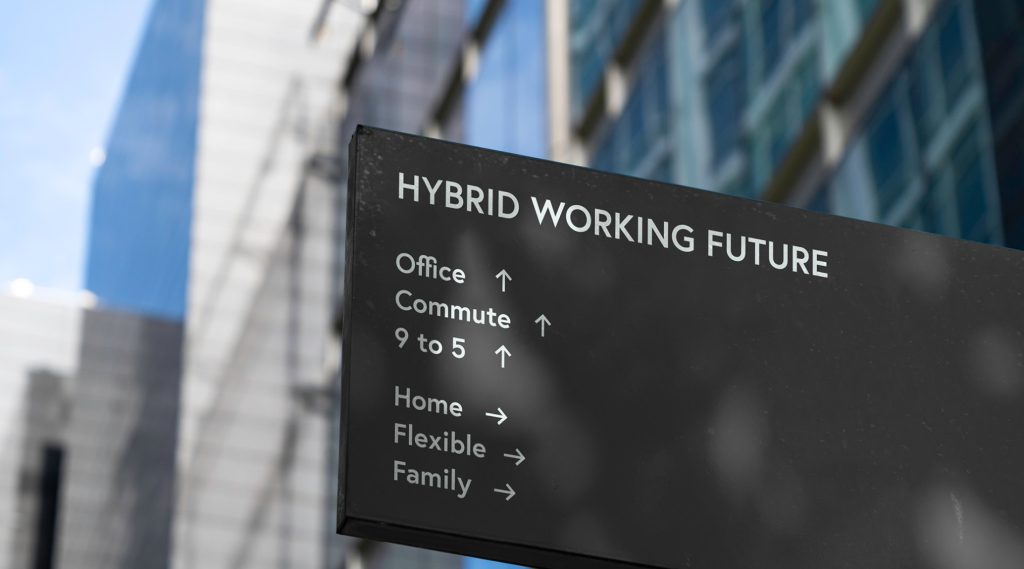The Power of Permanence: Exploring the Top 5 Advantages of Hiring Permanent Employees
Striking the right balance in your workforce configuration can be a relentless juggling act, especially when you are faced with seasonal fluctuations in demand, an extremely competitive talent market, growing pressure for wage increases and the ever-present squeeze on your bottom line.
As a result, many Australian businesses now take a hybrid approach to hiring, using a mix of full-time and part-time permanent employees, plus contractors or temps to fill recurring gaps or take on particular projects. But is this always the best strategy? Given the ongoing low unemployment rate and the resulting highly competitive hiring landscape, plus the fact that many permanent employees, as well as contractors, are now working offsite, there are five solid reasons why it may be more advantageous to modify your recruitment strategy to increase your ratio of permanent employees.
Increased productivity
Temporary employees don’t tend to hit the ground running, except in very basic, junior roles, and even then they will require some instruction and training by permanent staff before they are performing at the required level. But they may be with you for only a few days, or weeks at most, at which point the temp agency may replace them with yet another new person. The training you invested in goes out the window, more time is lost, and productivity takes a dive. Some temporary employees may be reasonably efficient at what they do, but they have no personal stake in being particularly productive and going the extra mile, because they don’t have the prospect of a long-term future with your company.
Hiring permanent employees, on the other hand, should enable you to develop your team’s in-depth skills and knowledge over the long term. Over time you will see increased productivity and efficiency, as they become more familiar with their roles and responsibilities. They have a deeper understanding of, and personal investment in, the organisation’s products, services and goals. This enables them to make better decisions and even contribute to innovative and strategic thinking rather than merely performing allocated tasks.
Lower costs
Yes, you have to pay your permanent employees annual leave, sick leave, superannuation, and possibly maternity leave and long service leave, as well as covering additional costs like payroll tax and workers’ compensation insurance. But temporary employees cost even more, because they also have similar entitlements and oncosts which have to be paid by the agency providing them to your company. The sum of these entitlements, plus an additional amount to cover the agency’s administrative costs and profit margin, is built into the hourly rate you pay for temporary employees. As a result, you may end up paying significantly more for the flexibility of a temporary hire than you would for a permanent employee performing the same tasks.
Contractors have exactly the same costs to cover, and often more since they may be providing their own workplace with all its associated expenses, rather than working onsite at your premises. As well as this, they are running a business, and the rate they charge for projects has to cover not only all their overheads and a profit margin, but also a component of financial uncertainty since they cannot necessarily guarantee that they will have another project in the pipeline when the current one ends. If you have enough ongoing projects to occupy a permanent employee with similar skills, you are very likely to save money compared with employing contractors.
Stronger teams
If you employ temps and contractors, your teams will inevitably have constantly changing personnel. There will be no time to develop valuable team cohesion via collaboration, shared experiences, social interaction and long-term relationships. On the other hand, when permanent staff members work together for an extended period, they become familiar with each other’s strengths, weaknesses, and work styles, leading to improved collaboration and synergy. This team cohesion enhances problem-solving abilities, encourages knowledge sharing, and fosters a positive work environment.
Long-term employees also have the opportunity to grow and develop their skills over time within the organisation. As they become more experienced, they gain a deeper understanding of their roles, industry trends and the company’s goals. This continuous skill development not only benefits the individuals themselves but also contributes to the overall strength of the team. As team members acquire specialised knowledge and expertise, they can bring new ideas and perspectives to the table, enhancing the team’s capabilities and effectiveness.
Improved customer relationships
Your permanent employees not only forge strong bonds with each other, they also develop solid relationships with your customers. There’s a definite value to be derived from your customers hearing familiar voices on the phone, or having known staff members to interact with in face-to-face meetings or in emails. This consistent and customary point of contact builds rapport and establishes a foundation of mutual trust and reliability.
Permanent employees who are fully integrated into the company’s culture and values are more likely to have a client-focused mindset. They become familiar with your customers’ needs, preferences and expectations, leading to improved and personalised customer service. Your workforce stability engenders and nurtures customer loyalty, resulting in repeat business, positive reviews and word-of-mouth referrals, all of which differentiate your company in a competitive market and contribute to business growth.
Knowledge development and retention
Hiring permanent employees doesn’t just allow you to accumulate knowledge about customers. Stable team members acquire in-depth knowledge about your products and services, your processes and procedures, the industry in which you operate, your competitors and your business goals. This knowledge can be harnessed to drive innovation and make informed decisions.
Long-term employees who have a thorough and longstanding experience of your organisational procedures often possess insights and ideas for process improvements and operational efficiencies, leading to continuous innovation within the organisation. They are more likely to initiate or participate in knowledge sharing and mentorship programs, to share their experience and expertise with their colleagues and foster a culture of continuous learning.
Long-term employees should be the cornerstone of your workforce
While temporary and contract workers have their place in specific situations, there are definite productivity, cost, team-building, customer relationship and knowledge development benefits to be gained from hiring permanent employees. Attracting and retaining long-term employees should be a fundamental part of every organisation’s recruitment strategy, and although it is admittedly more difficult to hire talent right now than it has been in the past, investment in workforce stability can pay dividends in sustained success.
Adecco has innovative and cost-effective solutions to help you find and retain the best permanent people from its enormous national and international network of talented candidates. Get in touch to find out how working with us could be one of the best decisions you ever make if you’re looking for increased productivity and business growth.











